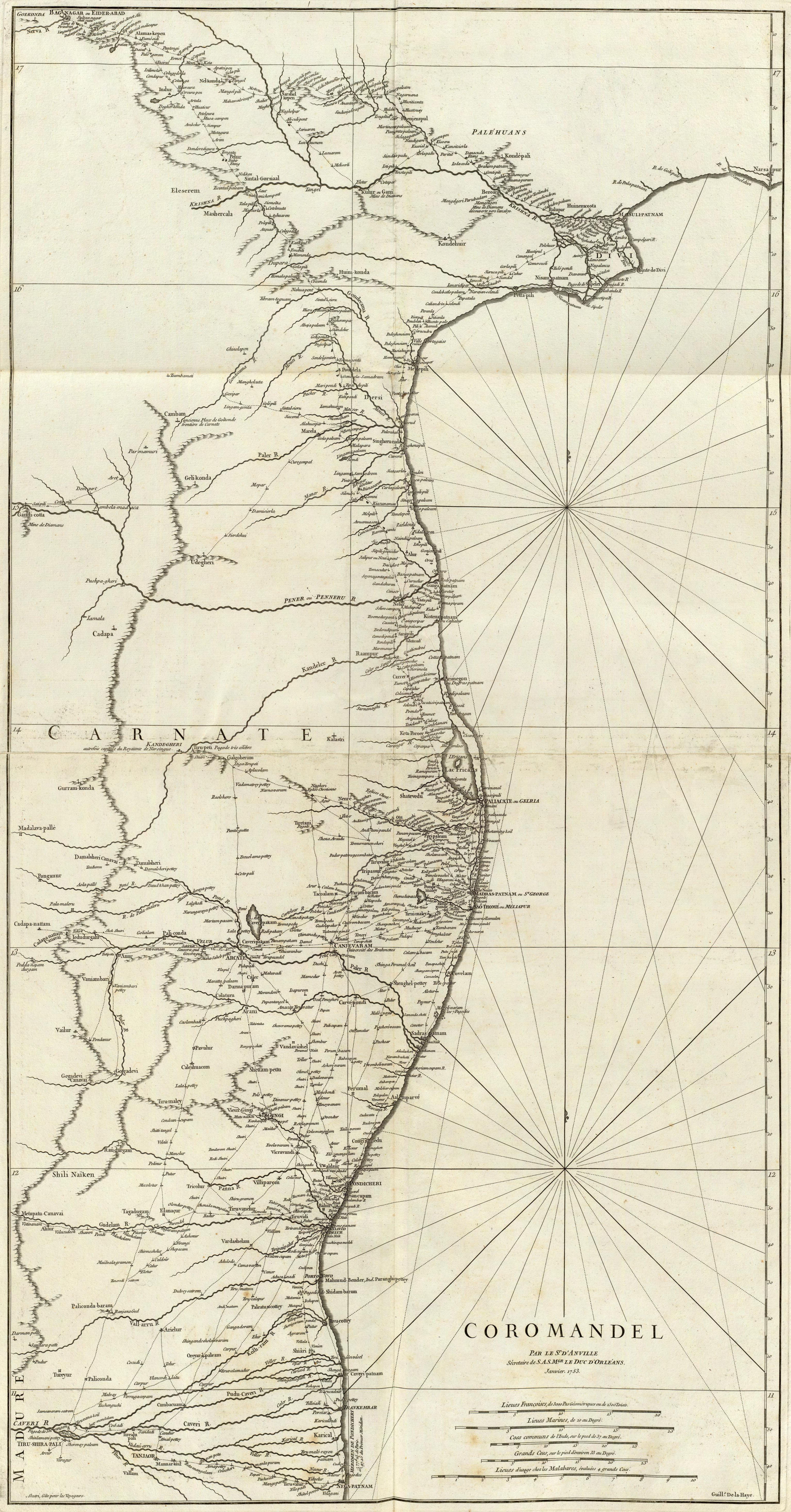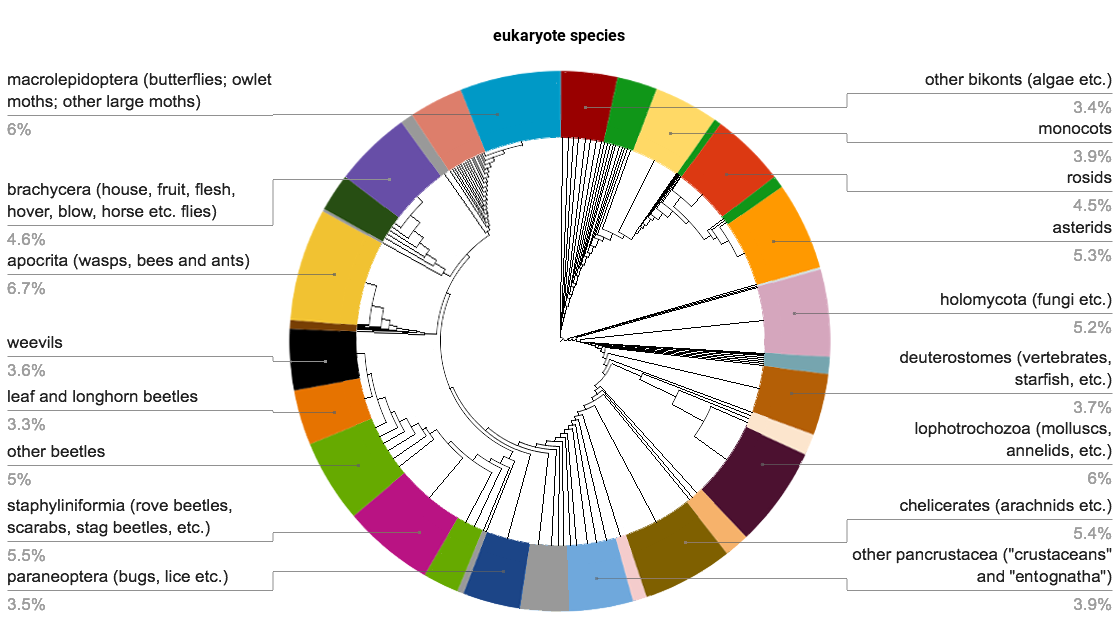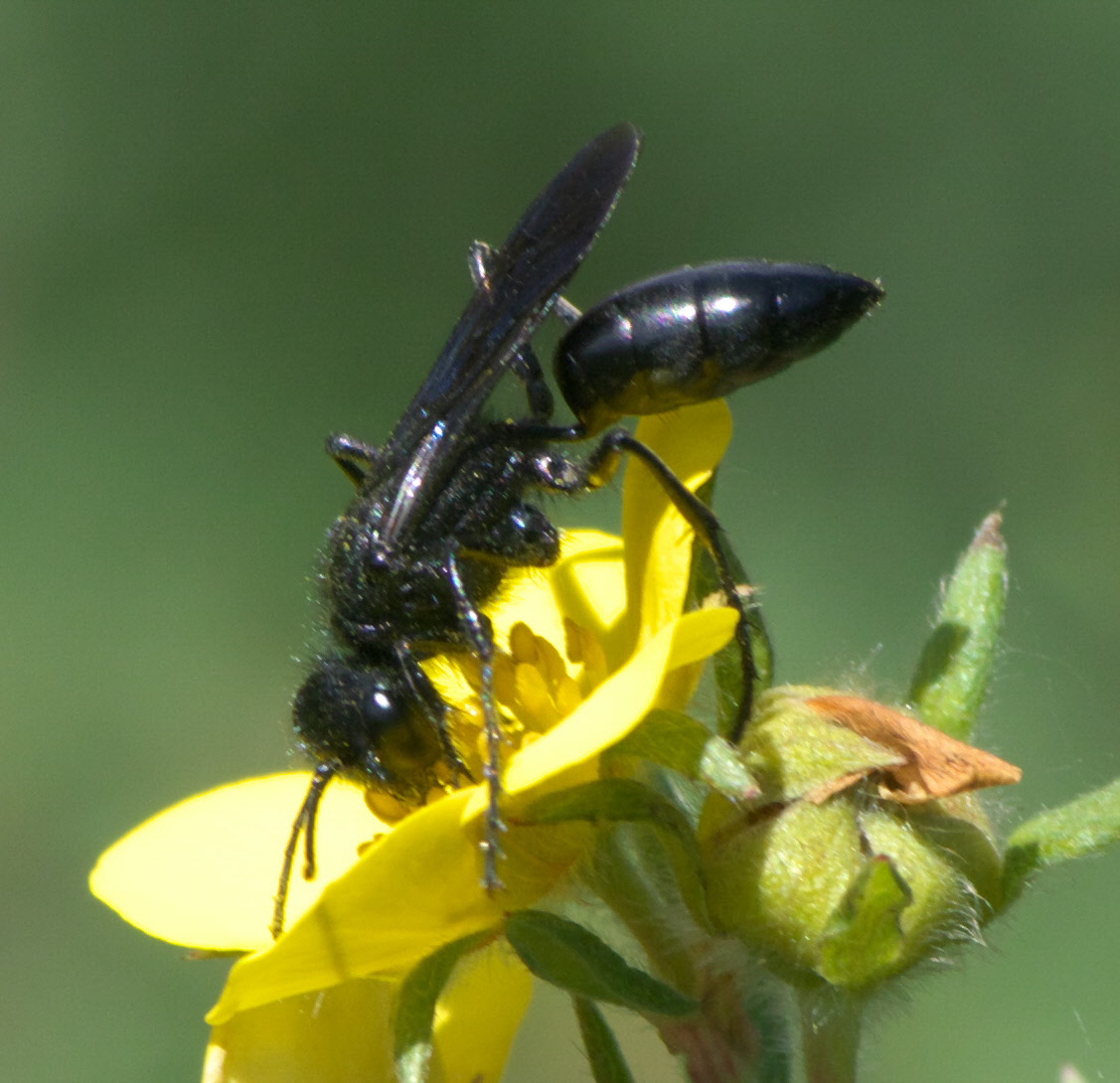|
Sceliphron Coromandelicum
''Sceliphron coromandelicum'' is a species of solitary mud dauber wasp in the family Sphecidae. The female holotype was collected in Coromandel Coast The Coromandel Coast is the southeastern coastal region of the Indian subcontinent, bounded by the Utkal Plains to the north, the Bay of Bengal to the east, the Kaveri delta to the south, and the Eastern Ghats to the west, extending over an ..., India. Ecology The females constructs mud nests which she provisions with spiders as a food source for the enclosed immatures. The spiders are generally Araneidae and in some cases terricolous Salticidae. References Insects of India Insects described in 1845 Sphecidae Taxa named by Amédée Louis Michel le Peletier {{Apoidea-stub ... [...More Info...] [...Related Items...] OR: [Wikipedia] [Google] [Baidu] |
Amédée Louis Michel Le Peletier, Comte De Saint-Fargeau
Amédée Louis Michel le Peletier, comte de Saint-Fargeau (9 October 1770 – 23 August 1845), also spelled Lepeletier or Lepelletier, was a French people, French Entomology, entomologist, and specialist in the Hymenoptera. In 1833, he served as president of the Société entomologique de France. Works *with Gaspard Auguste Brullé ''doi:10.5962/bhl.title.9005, Histoire naturelle des insectes. Hyménoptères''. Nicolas Roret, Roret, Paris 1836–46 p.m. *''Memoires sur le G. Gorytes Latr. Arpactus Jur''. Paris 1832. *''Monographia tenthredinetarum, synonimia extricata''. Levrault, Paris 1823–25. *''Mémoire sur quelques espéces nouvelles d’Insectes de la section des hyménoptères appelés les portetuyaux et sur les caractères de cette famille et des genres qui la composent''. Paris 1806. *''Défense de Félix Lepeletier''. Vatar, Paris 1796/97. *with Jean Guillaume Audinet-Serville a treatise on Hemiptera to Guillaume-Antoine Olivier's Histoire naturelle. ''Entomologie, o ... [...More Info...] [...Related Items...] OR: [Wikipedia] [Google] [Baidu] |
Species
In biology, a species is the basic unit of Taxonomy (biology), classification and a taxonomic rank of an organism, as well as a unit of biodiversity. A species is often defined as the largest group of organisms in which any two individuals of the appropriate sexes or mating types can reproduction, produce Fertility, fertile offspring, typically by sexual reproduction. Other ways of defining species include their karyotype, DNA sequence, morphology (biology), morphology, behaviour or ecological niche. In addition, paleontologists use the concept of the chronospecies since fossil reproduction cannot be examined. The most recent rigorous estimate for the total number of species of eukaryotes is between 8 and 8.7 million. However, only about 14% of these had been described by 2011. All species (except viruses) are given a binomial nomenclature, two-part name, a "binomial". The first part of a binomial is the genus to which the species belongs. The second part is called the specifi ... [...More Info...] [...Related Items...] OR: [Wikipedia] [Google] [Baidu] |
Coromandel Coast
The Coromandel Coast is the southeastern coastal region of the Indian subcontinent, bounded by the Utkal Plains to the north, the Bay of Bengal to the east, the Kaveri delta to the south, and the Eastern Ghats to the west, extending over an area of about 22,800 square kilometres. The coast has an average elevation of 80 metres and is backed by the Eastern Ghats, a chain of low lying and flat-topped hills. In historical Muslim sources from the 12th century onward, the Coromandel Coast was called Maʿbar. Etymology The land of the Chola dynasty was called ''Cholamandalam'' (சோழ மண்டலம்) in Tamil, translated as ''The realm of the Cholas'', from which the Portuguese derived the name ''Coromandel''.''The Land of the Tamulians and Its Missions'', by Eduard Raimund Baierlein, James Dunning BakerSouth Indian Coins – Page 61 by T. Desikachari – Coins, Indic – 1984Indian History – Page 112''Annals of Oriental Research'' – Page 1 by University of Madras ... [...More Info...] [...Related Items...] OR: [Wikipedia] [Google] [Baidu] |
Insects Of India
Insects (from Latin ') are pancrustacean hexapod invertebrates of the class Insecta. They are the largest group within the arthropod phylum. Insects have a chitinous exoskeleton, a three-part body (head, thorax and abdomen), three pairs of jointed legs, compound eyes and one pair of antennae. Their blood is not totally contained in vessels; some circulates in an open cavity known as the haemocoel. Insects are the most diverse group of animals; they include more than a million described species and represent more than half of all known living organisms. The total number of extant species is estimated at between six and ten million; In: potentially over 90% of the animal life forms on Earth are insects. Insects may be found in nearly all environments, although only a small number of species reside in the oceans, which are dominated by another arthropod group, crustaceans, which recent research has indicated insects are nested within. Nearly all insects hatch from eggs. In ... [...More Info...] [...Related Items...] OR: [Wikipedia] [Google] [Baidu] |
Insects Described In 1845
Insects (from Latin ') are pancrustacean hexapod invertebrates of the class Insecta. They are the largest group within the arthropod phylum. Insects have a chitinous exoskeleton, a three-part body (head, thorax and abdomen), three pairs of jointed legs, compound eyes and one pair of antennae. Their blood is not totally contained in vessels; some circulates in an open cavity known as the haemocoel. Insects are the most diverse group of animals; they include more than a million described species and represent more than half of all known living organisms. The total number of extant species is estimated at between six and ten million; In: potentially over 90% of the animal life forms on Earth are insects. Insects may be found in nearly all environments, although only a small number of species reside in the oceans, which are dominated by another arthropod group, crustaceans, which recent research has indicated insects are nested within. Nearly all insects hatch from eggs. Insect ... [...More Info...] [...Related Items...] OR: [Wikipedia] [Google] [Baidu] |
Sphecidae
The Sphecidae are a cosmopolitan family of wasps of the suborder Apocrita that includes sand wasps, mud daubers, and other thread-waisted wasps. The name Sphecidae was formerly given to a much larger grouping of wasps. This was found to be paraphyletic, so most of the old subfamilies have been moved to the Crabronidae. Biology The biology of the Sphecidae, even under the restricted definition, is still fairly diverse; some sceliphrines even display rudimentary forms of sociality, and some sphecines rear multiple larvae in a single large brood cell. Many nest in pre-existing cavities, or dig simple burrows in the soil, but some species construct free-standing nests of mud and even (in one genus) resin. All are predatory and parasitoidal, but the type of prey ranges from spiders to various dictyopterans, orthopteroids and larvae of either Lepidoptera or other Hymenoptera; the vast majority practice mass provisioning, providing all the prey items prior to laying the egg. ... [...More Info...] [...Related Items...] OR: [Wikipedia] [Google] [Baidu] |




